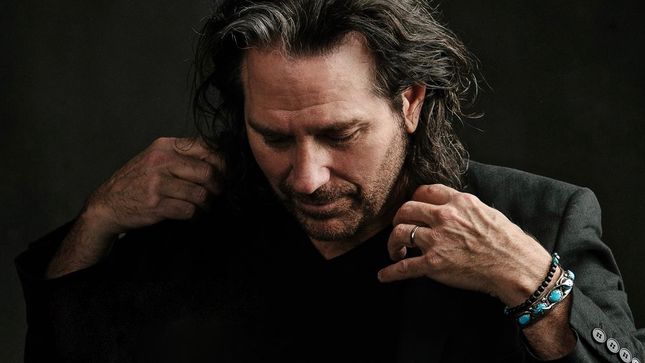
Greg Prato, reporting for Ultimate-Guitar.com:
During Part 1 of Kip Winger's chat with Ultimate Guitar, the singer/bassist discussed how he began writing classical music and his thoughts on when metal is merged with classical. But the chat also focused on Winger's just-released box set, Chapter One: Atlantic Years 1988-1993.
And it turned out that the band's two best-selling LP's, 1988's self-titled debut and 1990's In The Heart Of The Young, were produced by a gentleman by the name of Beau Hill - who was one of the most in-demand producers for hair metal artists (as he oversaw albums by Ratt, Warrant, Kix, Twisted Sister, and Fiona – in addition to Winger). And it was Hill - along with such other producers as Tom Werman, Ron Nevison, and Bruce Fairbairn - that helped define the now-trademark "hair metal sound."
Winger was willing to discuss how the band began working with Hill and also his contribution to the albums that spawned various MTV/radio hits for the band.
Q: Beau Hill produced Winger's first two albums. What did he bring to the band as a producer, and were you familiar with this previous work with Ratt?
Kip Winger: "It's important to know that I was the first band that Beau ever produced. I was in a band with my two brothers and I met Beau when I was 16. He was in a band called Airborne. Not the 'Airbourne' that people know now – it was a band called Airborne on CBS Records and I think produced by Keith Olson. Beau was living in Denver, and I had a band with my two brothers. And my manager met Beau at a Heart concert backstage, and put us together. And Beau produced a demo for me and my two brothers in… it must've been 1977.
"Then, I became kind of his protege where he would hire us to play. I played bass on all his demos and me and my brothers sang on all his stuff. And then when he moved to New York to join a band called Spider - managed by the infamous Bill Aucoin [KISS' original manager] - he ended up getting some producing gigs, and then ended up producing Ratt, which hit it real big. But by that time, I had already worked with Beau for years and years and years, and kind of had learned a lot of studio stuff from Beau.
"When we did the first album, I was really laying out all the music exactly like he would already do it. And so if you listen on the box set, there's a demo disc of the demos that I produced that you can hear are very similar to the way the album came out. 'Madalaine' was very slow when we first wrote it, and it was Beau's suggestion to speed that up, which was a great call.
"If you listen to the demos, there's not a lot different in the first and second records, but what I would say is that Beau had a huge influence on me from the time I was 16. So, I learned quite a bit. Having said that, when I got into the studio with Mike Shipley on the third record [1993's Pull], that's when I really learned how to make an album, because Mike Shipley kind of took my experience to a whole other level, and I think you can hear the difference on the third album. Although the first two were the biggest ones."
Read more at Ultimate-Guitar.com.